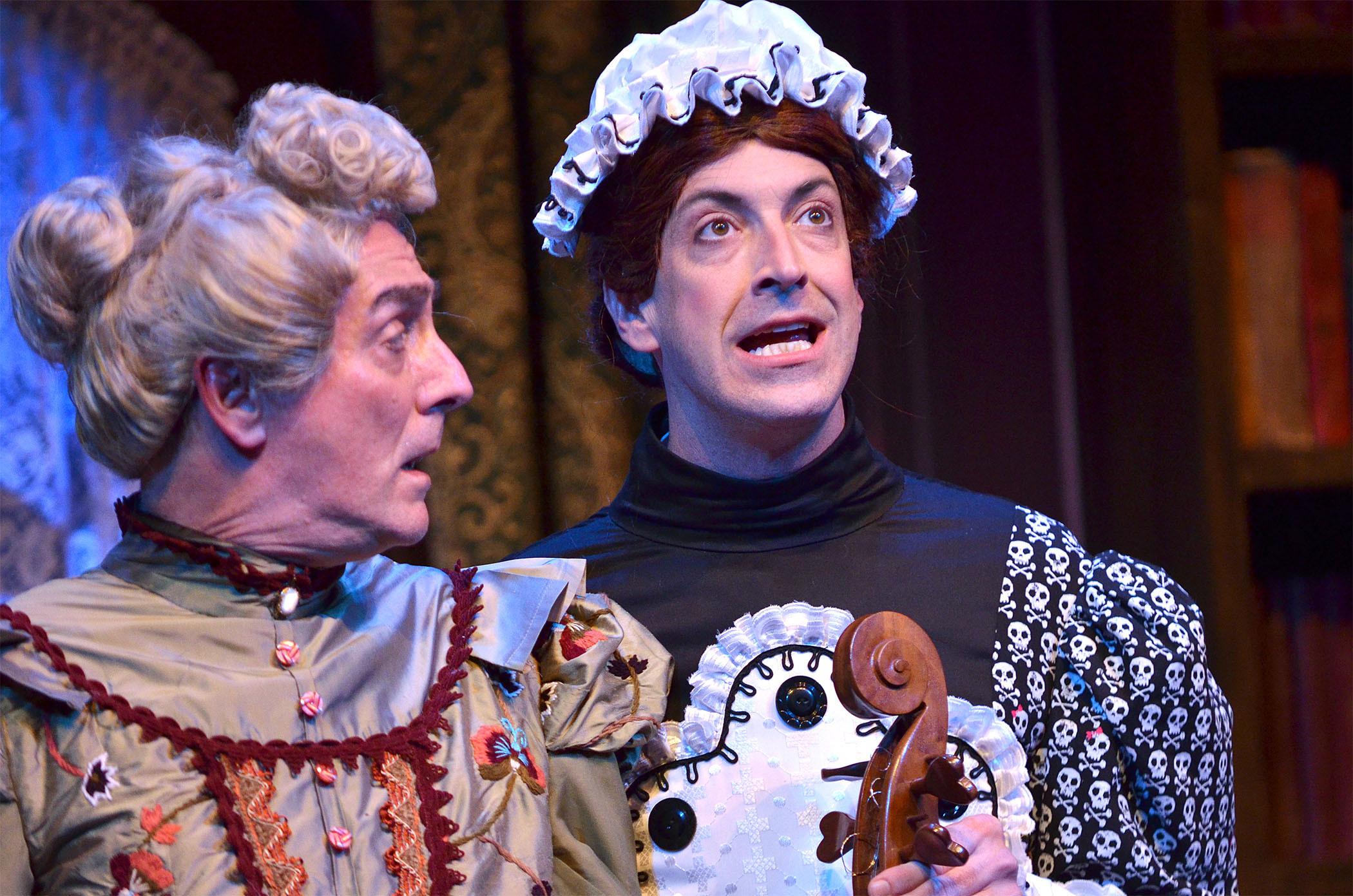We will watch the last couple minutes of
Agamemnon. Please complete and turn in your analysis sheet. This counts as a test grade. See previous posts or the handout for details.
Period 1 (7:40-8:10)
Use your time this morning to prepare and complete your play draft. Before turning in/submitting your script, correct/check the following:
- Your format. See this link for a template...
- Your grammar.
- Turn non-specific and vague language into specific and visual language. Go ahead and add imagery or turn your verbs in your sentences into active ones! (use similes, specific nouns, active verbs, etc.)
- What is your premise? Did you make a point?
- Identify your protagonist(s): what do they want? Why do they want this? Is this clear in your dialogue? What obstacles prevent them from getting what they want?
- Who is your story about? A. a single protagonist? B. dual protagonists? C. group protagonists? (this is also considered to be an ENSEMBLE cast). Consider who has the most to gain/lose in your story. That is usually your best protagonist!
Please submit your historical play projects on Google Classroom after you have edited them.
Period 2:
The Darker Face of the Earth by Rita Dove
So. You've read
Oedipus the King, about the king who killed his father and married his mother and then put out his eyes when he realized he was the guy who married his mother and killed his father. Aristotle thought Sophocles' play was the best play ever! It was a perfect example that he used as an exemplar to base his
Poetics on. Many playwrights after Sophocles used
Oedipus and Aristotle's
Poetics to write plays. Even contemporary authors.
So.
Oedipus the King. Old, dead, male, white, blah, blah. Does it speak to us today? What if it doesn't? What if a poet (who has read the original, just like you have) wants to tell a similar story but in a different way? What if she wants to write a tragedy about the suffering of American slaves during the antebellum period? What if the poet wants to structure her play based on old structures and stories that the entire world is familiar with? Enter:
Rita Dove.
Today, let's begin reading this play. Those of you who think of yourself as poets can learn a lot about writing a dramatic poem (a poem meant to be staged and acted out by actors). Verse plays allow us to play with imagery and language and use all sorts of poetic language and skills while also writing plays. Language (as Aristotle says in his book) is important when writing a play. It is how we communicate ideas and develop characters in dramatic conflicts. What is more conflicting in America than the issue of race? Let's take a look.
Please sign up for a role today.
HOMEWORK: Complete your reading of this play by next class. Be prepared to write about the play when you return. You could even take notes about what's going on in the play and, considering our class, advice about writing plays in relation to this script. Remember Aristotle and other examples of Greek Theater!


:max_bytes(150000):strip_icc()/G-rin_Clytemnestre_h-sitant_avant_de_frapper_Agamemnon_endormi_Louvre_5185-57b24a8b3df78cd39c786976.jpg)





